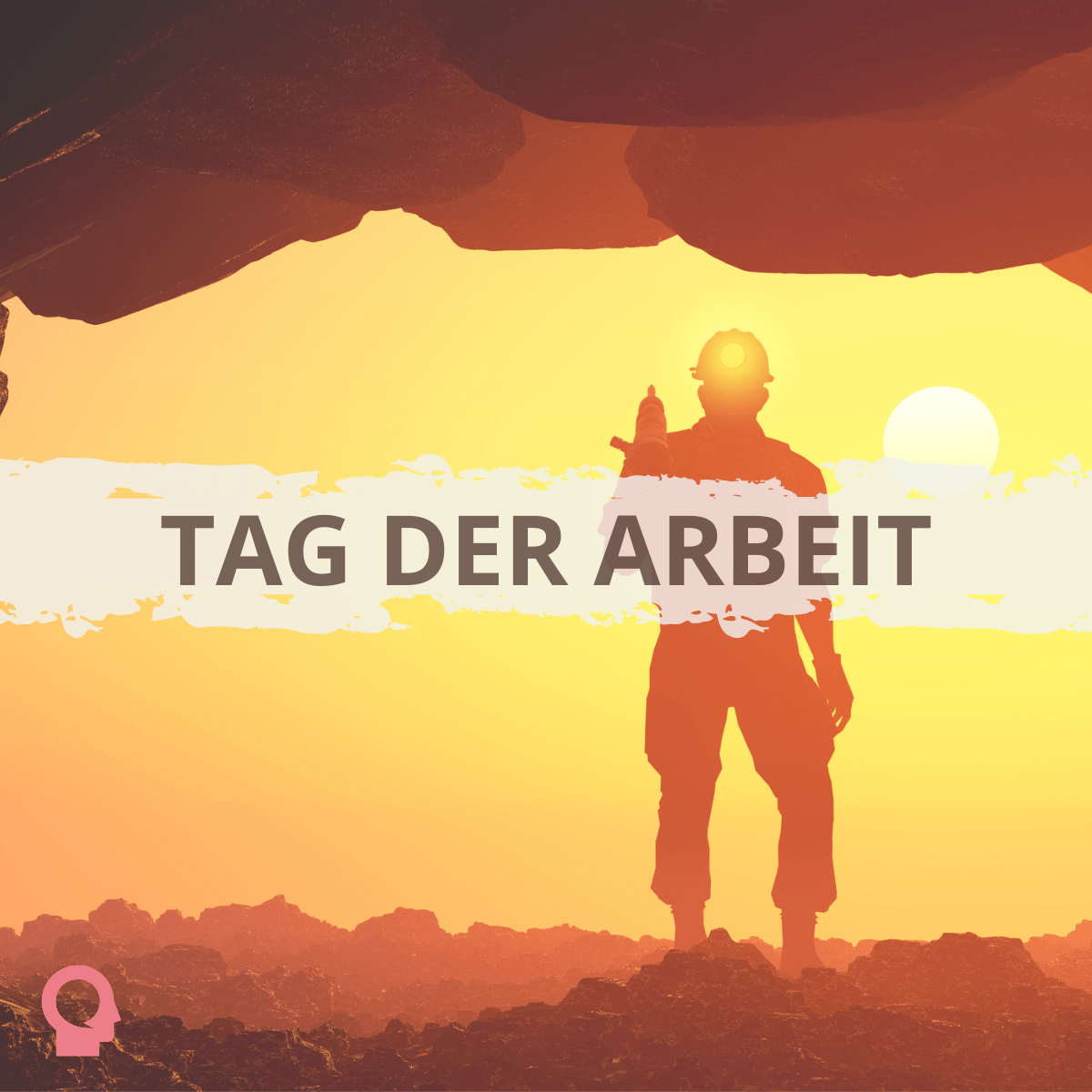The first of May in German yis called “Tag der Arbeit” meaning “day of work”. Ironically, it’s one of those days on that Germans don’t have to go to work.
I had planned to be in Kreuzberg for May Day 2021, to practice my smarterGerman and adjust to the Berliner accent. Germany has a very particular relationship with this day that I wanted to experience in person. There’s a particular history. There are particular expectations. And there are certainly different and divided opinions among the Germans I know regarding the day.
Briefly, let’s go back to the Iron Age and the original idea of May Day, which was a pagan fertility festival celebrating the coming of Spring, which often included a may-pole (or tree) that was danced around. It was a strong enough custom to survive Christianisation. The night before May Day is Walpurgisnacht, named after an eighth century English nun (Saint Walpurga) who is credited with dispelling the witches and ‘evil spirits’ from The Saxons. Think of it as an alt-Halloween, with some bonfires and honey biscuits (Ankenschnitt) for hell hounds.
But the new May Day is about worker’s rights. Maybe we can imagine ‘the witches’ as ‘capitalists’ and ‘fertility’ as the birth of ‘socialism’ if we wanted to make a tenuous link between the two. There is an American May Day incident in 1886, but then there was a German one in 1889. Both were labour strikes, pushing for better wages and conditions, and both involved tragic deaths. In Bochum and Essen in the Ruhr region of central-western Germany, miners clashed with police and 14 people died. I have seen one of the memorials in Essen and it is suitably sombre and rough-hewn; it looks like it was dug up from the ground itself. The miners failed to make any changes.
The next major May Day incident was in 1929, and has been called Blutmai, and was recently depicted in the television drama Babylon Berlin. Demonstrations of any type had been banned in Berlin due to the perceived threat of communist agitation. However, the KPD (Kommunistische Partei Deutschlands) ignored the ban and a violent confrontation with the police occurred. Thirty-three were killed and around 1200 people arrested. Interestingly, it was the Nazi Party who first proclaimed the day as a national holiday in Germany in 1933, and then proceeded to suppress the German Union movement.
Finally, we come to May Day 1987, and the region of Berlin called Kreuzberg. It certainly has a very urban and sometimes grungy cosmopolitan feel about it. The German language shares space with numerous other languages of the world here. Graffitti is celebrated everywhere as an art-form, and some of it is quite brilliant. This is an iconic region of modern Berlin, about which opinion among Germans I have spoken to is very divided. It is either seen as a brave epicentre of social justice and activism against oppression of all sorts, or a rabble of malcontents out to cause havoc and vandalise public and private property. The May Day celebration is perhaps the Kreuzberg’s biggest occasion, and in 1987 it started peacefully enough, until some minor clashes with police snowballed into a riot which became so intense that the police had to retreat out of the SO36 zone (a designation based on a Kreuzberg postal code). Cars were set on fire and barricades constructed.

This was the last time there were any major problems however. While tensions do still often become heated, many Berliners express more of an interest in the art and music of the event; and May Day has become more of a recreational holiday in the rest of Germany, as opposed to a moment of sombre solidarity. #1Mai is trending on Twitter as I’m writing this, and there are many expressions of social justice being shared from device to device. As long as I have a computer, I can learn some smarterGerman, and be better prepared for 2022. Do you want to speak German in Kreuzberg too? Well, check out our Everyday German B1 course!
This post was written by Jeremy Davies
20.04.2021

